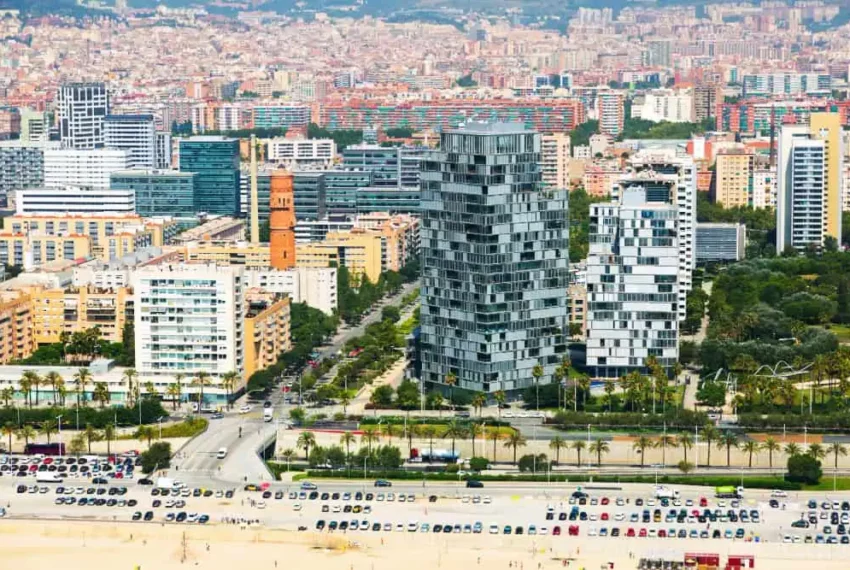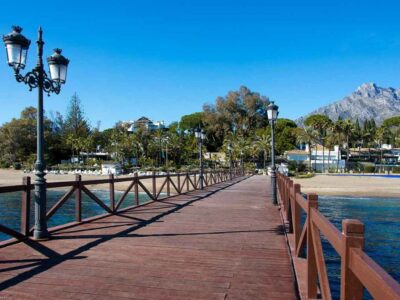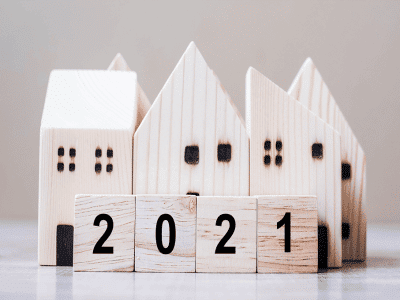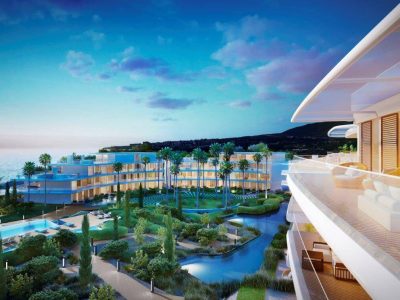
The Short Answer: Demand Is Booming and Supply Can’t Keep Up
Put simply, Spain’s housing market is being pulled in two directions: demand has broadened and deepened, while supply is struggling to respond quickly. That imbalance is showing up in prices—especially in lifestyle destinations and the strongest urban cores.
From my daily work with buyers on the Costa del Sol, I’m seeing three consistent drivers. First, financing conditions and buyer confidence have improved. I’m not saying rates are “cheap”, but mortgage visibility is better and buyers can plan. Second, population growth and international relocation are feeding end-user demand, not just investor speculation. Third, the new-build pipeline faces bottlenecks—from land readiness and licensing timelines to build costs and capacity—that slow delivery even when developers are keen.
In practice, this looks like properly motivated buyers competing for well-located, quality stock. When I tour a best-in-class new development with clients, the conversation is rarely “if” but “how quickly can we reserve the right unit?”. That urgency simply didn’t exist in slower periods.
Lower Rates and Stronger Purchasing Power
Borrowers today are more pragmatic than exuberant. The typical conversation I have with non-resident clients is about total monthly outlay, not headline rate alone. When we structure finance with local banks, we look at fixed vs. variable, LTV caps for non-residents, and how that plays out over a 5–7 year horizon. The upshot: purchasing power has stabilised enough to unlock decisions that were on hold.
Day to day, I see that clarity turn browsers into buyers. For example, a couple from Scandinavia recently paused last year; we revisited the numbers this spring, locked a fixed rate that made sense for them, and they moved forward on a two-bed in a seafront community—no drama, no over-stretching.
Population Growth and Foreign Buyers
There’s a visible shift from purely holiday-home demand to blended lifestyle moves: partial relocation, remote working, and earlier retirement. On the ground, that means weekday school visits in Nueva Andalucía, not just weekend beach club viewings. When British, Irish, Dutch and Nordic clients tell me why they’re buying, “quality of life” consistently beats “quick flip” by a mile.
This matters for prices because end-users bid for homes they truly intend to occupy. It makes demand stickier and less sensitive to short-term headlines. In my experience, these buyers are detail-oriented: they compare build quality, community rules, walking distances and micro-climates—factors that justify paying a premium in the best pockets.
Construction Bottlenecks and the New-Build Pipeline
I specialise in new developments—built and off-plan—so I live the pipeline constraints every week. Even great projects face predictable friction: design tweaks, utility sign-offs, and licence sequencing. Add tight contractor schedules and elevated materials costs, and delivery dates push right as demand is pulling left. The outcome? Scarcer prime stock, stronger pricing for units with the best orientations, terraces and views.
One practical note from the field: when buying off-plan, we discuss builder track record, stage-payment protections, and snagging. I encourage clients to secure the right unit early but with eyes wide open on timeline and guarantees. That balanced approach keeps stress down and outcomes strong.
Local Hotspots: Where Prices Are Climbing the Fastest
Costa del Sol (Marbella, Benahavís, Estepona) — On-the-Ground Insights
The western Costa del Sol is a case study in sustained demand meeting constrained, high-quality supply. In Marbella’s best zones, exceptional homes don’t linger. When I’m out with clients, a typical pattern is shortlisting three options on Monday and negotiating by Friday—because the one with the right terrace depth and orientation won’t wait.
Estepona. The town has evolved into a sophisticated yet relaxed alternative to its glitzier neighbour. With the revamped seafront and stronger amenities, many of my clients start by shortlisting beachside communities and, as they refine locations, they naturally compare listings for property for sale estepona that balance walkability, views and year-round services.
Benahavís. Elevated plots, golf-centric communities and that “country-club-in-the-hills” feel define the market here. Privacy and build calibre are the big draws, so view-led villas in gated resorts often top the list; when we map budgets against lifestyle, we’ll review property for sale benahavis to understand how orientation, plot size and community rules translate into long-term satisfaction.
Marbella. From the Golden Mile to Marbella East, prime addresses continue to command attention—and budgets. Design-led new-builds with high energy ratings are especially competitive, which is why buyers who want modern amenities and warranties tend to focus on new property for sale marbella while we keep a parallel eye on standout resales in mature pockets.
A quick boots-on-the-ground observation: even within a single postcode, price performance is hyper-local. A south-west facing three-bed with generous terrace and walkable beach access can outpace a similar unit just a few streets back. That’s where granular guidance really counts.
Madrid vs Barcelona vs the Balearics — What the Data Shows
Zooming out, Spain’s largest metros and the island markets have very different mechanics. Madrid combines deep employment hubs with constrained central supply, keeping core districts resilient. Barcelona’s demand is lifestyle-driven with a global brand, though local regulation shapes the short-let calculus. The Balearics remain a magnet for limited-stock, high-amenity homes with strict planning that caps sprawl.
From an investor’s perspective, yield-seekers may prefer selected Madrid neighbourhoods or emerging Costa del Sol zones, while lifestyle buyers aiming for sun-sea-schools find Marbella-Estepona-Benahavís compelling. In my daily briefs with clients, we simulate not just price today but the “livability premium” they’re willing to pay over five years—schools, healthcare, connectivity and community.
Is It a Bubble? How Today Differs from 2007
The 2007 narrative was easy credit driving oversupply; the 2025 narrative is disciplined credit meeting undersupply in the best sub-markets. When I compare files on my desk now with the mid-2000s, three contrasts stand out:
-
Lending standards. Banks are far more careful with non-resident LTVs, income verification and stress testing. I spend more time preparing buyer files, but that caution is exactly what keeps the market healthier.
-
End-user weight. A larger share of buyers intend to live in the homes—full-time or much of the year. That stabilises neighbourhoods and supports local amenities. When my clients ask “will this work for a nine-month school year?”, we’re in a different cycle to the quick-flip era.
-
Quality over quantity. Developers prioritise fewer, better projects—high energy ratings, thoughtful layouts, amenity-rich communities. Scarcity at the top end keeps resale values resilient. It’s not about building anywhere; it’s about building where people actually want to be.
Could certain micro-segments run ahead of themselves? Of course—markets always ebb and flow. But broadly, fundamentals and behaviour look markedly healthier than in the pre-GFC run-up.
Should You Buy Now? A Practical Playbook for 2025–2026
New-Build vs Resale: Pros, Cons and Timing
New-build wins on energy efficiency, warranties, modern layouts and community amenities. The trade-off is timeline risk: completion dates can move. When clients fall for an off-plan unit, I walk them through stage payments, bank guarantees and a snagging plan. Resale offers immediacy and mature locations; we focus on technical surveys and refurbishment budgets. A hybrid approach—reserve a quality off-plan and keep an eye on standout resales—often produces the best result.
Financing as a Non-Resident: What I See Day-to-Day
Non-resident finance is available, but it’s not copy-paste. Typical files include ID, income proof, asset statements and a clear paper trail for the deposit. Fix vs variable is a real discussion; many of my clients prefer certainty, even at a slight premium. I prep buyers early, so when the right property appears we’re not scrambling for approvals.
A tip from the trenches: align your currency plan with your completion schedule. Sterling, euro or krona swings can undo the best-negotiated price if you ignore FX risk.
Micro-Market Selection: Matching Lifestyle, Budget and Yield
I always ask clients to rank three non-price priorities: lifestyle must-haves (beach proximity, schools, golf), daily convenience (walkability, healthcare, airports), and future-proofing (build quality, community rules). With that clarity, choosing between, say, a view-led Benahavís villa and a beach-centric Estepona apartment becomes straightforward. Recently, a family weighing both decided on a Marbella East townhouse to balance school access with weekend beach life—no regrets since.
Conclusion
Spain’s price growth is not the product of froth; it’s the outcome of real people choosing real homes in real communities—faster than the market can deliver quality supply. On the Costa del Sol, I see this play out every week: motivated end-users, measured financing, and scarce best-in-class stock. If you’re weighing a move, anchor your decision in micro-location, build quality and lifestyle fit—and work with someone who lives the market day in, day out.
FAQs: What Buyers Ask Me Before Making an Offer
Are Spanish house prices at or near all-time highs?
In several prime areas, yes—particularly where end-user demand is strongest and new supply is tight.
Will prices keep rising?
No one has a crystal ball, but where structural demand meets limited supply, prices tend to be sticky on the way down and responsive on the way up. I advise focusing on quality, micro-location and long-term suitability rather than trying to time a dip.
Is 2025–2026 a good time to buy?
If your life and finances line up, yes. Secure the right home rather than any home. I regularly help clients pass on “almost right” options to wait for a better fit—and that patience pays.
New-build or resale?
Both work. If you value turnkey convenience and modern specs, new-build shines. If you need immediate use in a blue-chip address, resale can be ideal—just budget for upgrades.
How fast should I move when I find ‘the one’?
In hot micro-markets, be prepared to act within days. That doesn’t mean rushing; it means arriving prepared—finance aligned, documents organised, lawyer briefed.




